All products featured are independently chosen by us. However, SoundGuys may receive a commission on orders placed through its retail links. See our ethics statement.
Skullcandy Crusher PLYR 720 vs Turtle Beach Atlas Air: Feel the bass or hear it all?
July 30, 2025
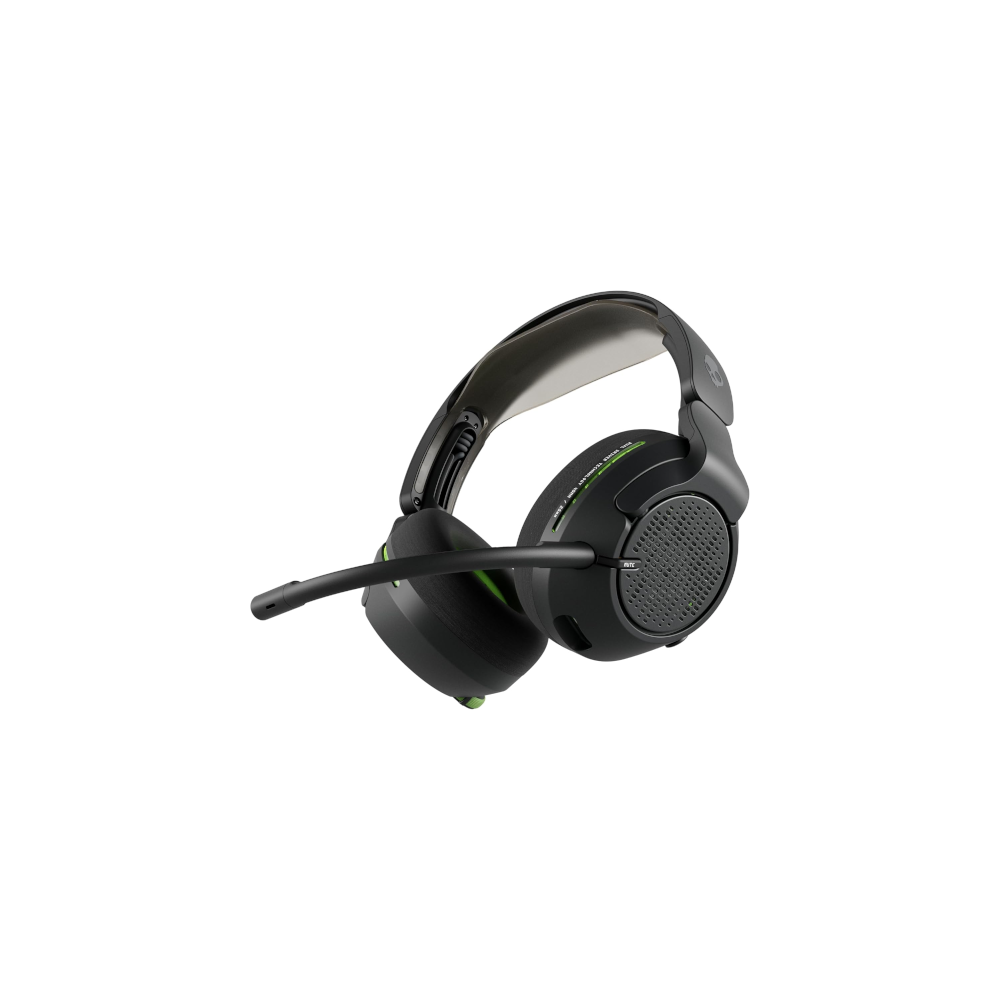
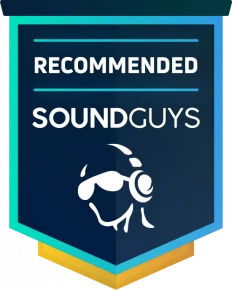

If you are searching for a wireless open-back gaming headset, your options are sorely limited. While there are a lot of wired-only open-back headsets suited for gaming, wireless models are a surprisingly rare breed. Currently, the Skullcandy Crusher PLYR 720 and Turtle Beach Atlas Air are really the only two on the market competing for your attention. Both cater to gamers who play in quieter environments and want a more immersive soundstage with spatial audio features and low-latency wireless connectivity, but they take dramatically different approaches. One emphasizes visceral bass and sensory overload, while the other prioritizes positional accuracy and long-session comfort. So, which is right for you?
This article was originally published on July 30, 2025, and this is the first version.
What’s it like to use the Skullcandy Crusher PLYR 720 compared to the Turtle Beach Atlas Air?
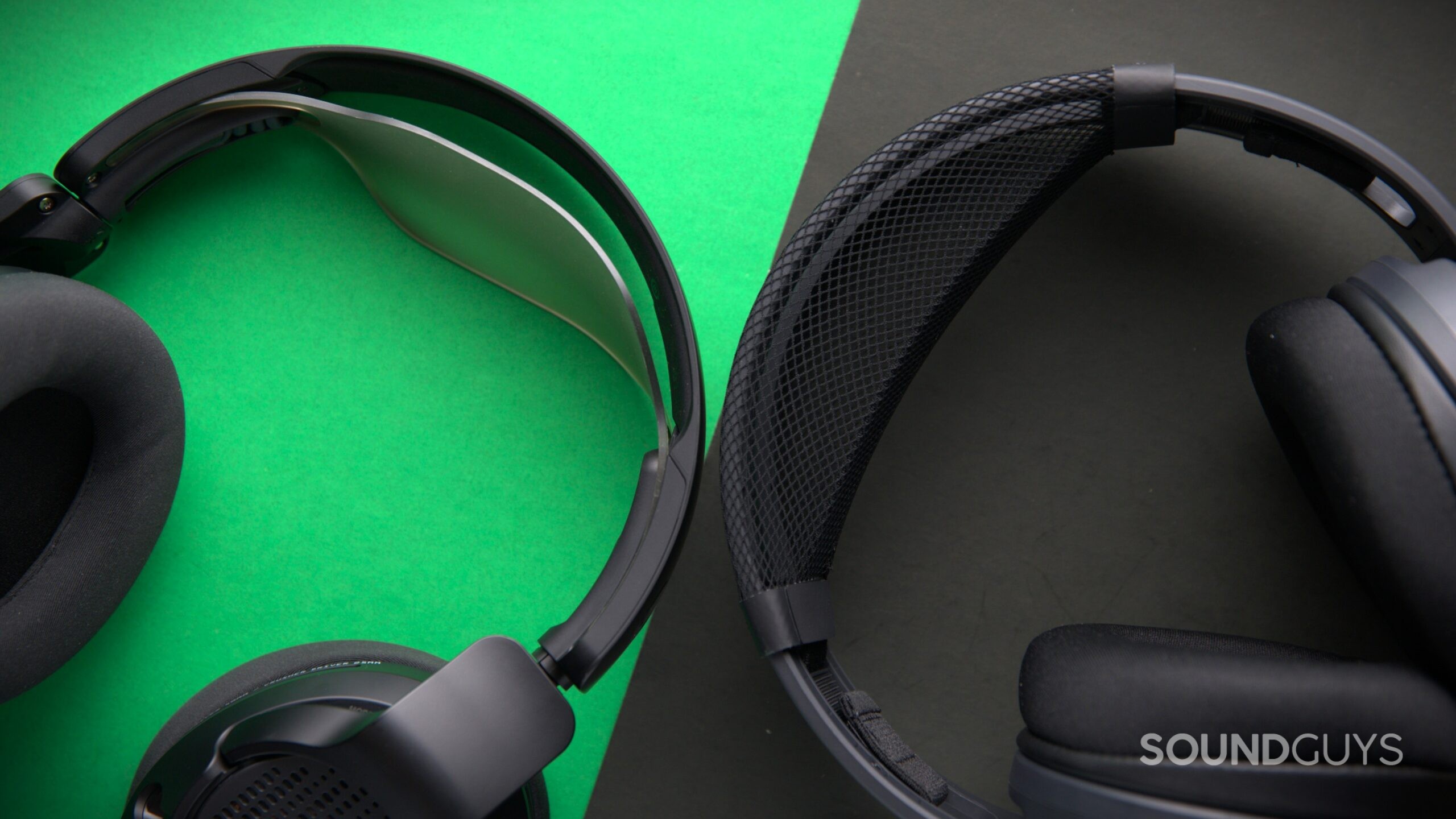
I enjoyed using the Skullcandy Crusher PLYR 720 for the sheer novelty of the Crusher bass drivers—it really is like strapping a subwoofer to your head. The vibrating drivers create a haptic-feedback effect that can make explosions and deep sound effects genuinely physical. Comfort is decent, with memory-foam ear cushions and a weighty but manageable 354g build. However, the silicone headband might not hold up long-term, and the haptic vibrations can get fatiguing fast, especially if you crank the Crusher dial to the max. It’s a fun experience, but not one I could stick with for hours without dialing it back.
In contrast, the Turtle Beach Atlas Air feels purpose-built for longer gaming sessions. At 321g, it’s lighter and features large, plush ear cups with a floating suspension-band system that keeps things breathable. Unfortunately, the weak clamping force means they shift around easily while moving your head. However, if you are someone who wears glasses, these are perfect for fitting around the arms and won’t press unfortably into your head. The build quality is sturdy, but the non-foldable design limits portability, although you do get a cloth pouch included. Overall, I found the Atlas Air more comfortable over time, even if the snug headband might not be ideal for larger heads.
Are the controls better on the Skullcandy Crusher PLYR 720 or the Turtle Beach Atlas Air?
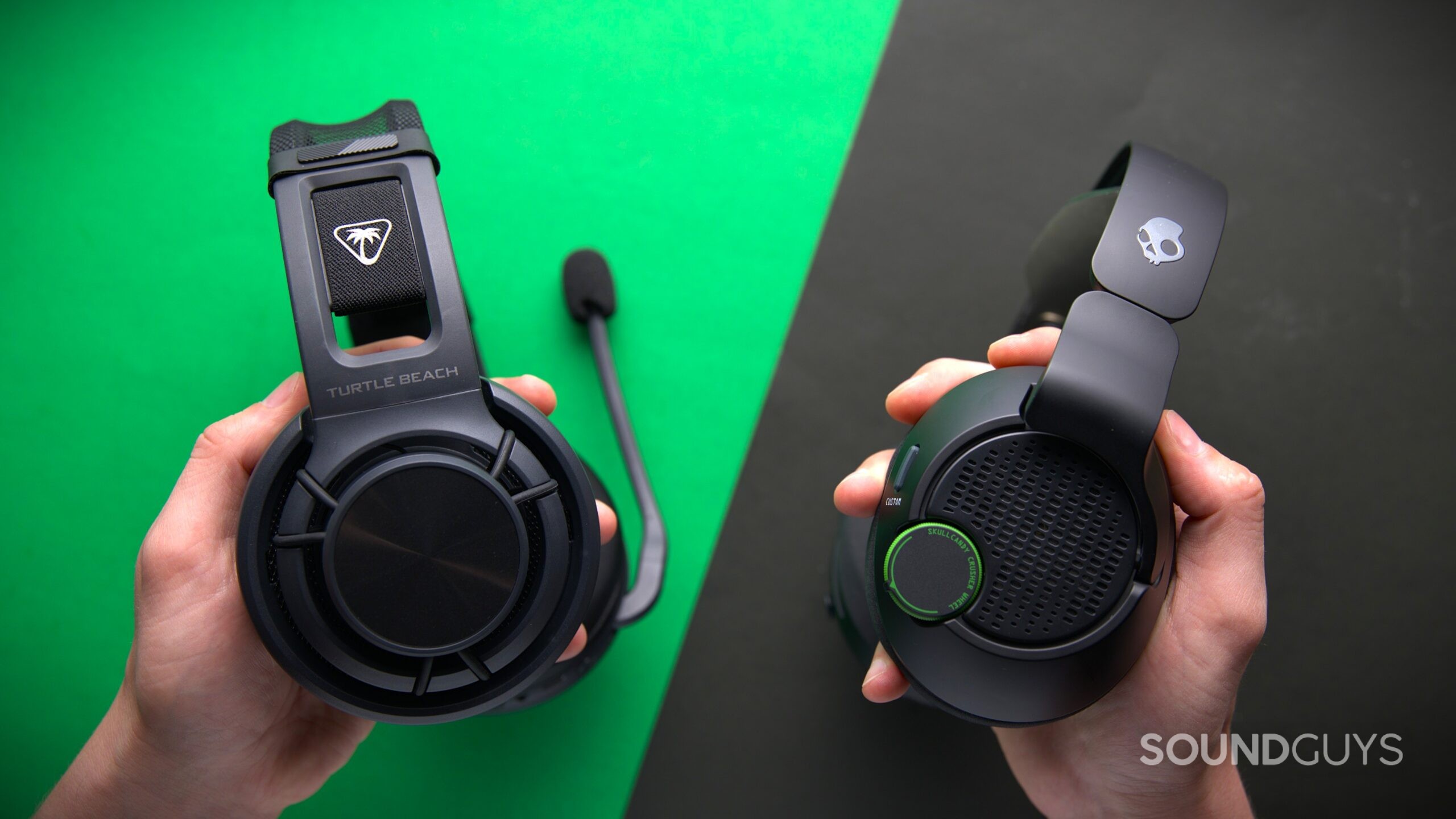
The Skullcandy Crusher PLYR 720 offers an ambitious and highly customizable control layout, but it can feel a bit crowded in practice. On the left earcup, you get a multi-directional joystick that manages volume, sidetone, chat mix, and EQ preset cycling—all packed into one control. I found this was easy to mis-trigger, especially in tense moments when trying to make a quick adjustment. On the right earcup, a large rubberized dial lets you control the intensity of the Crusher bass effect. There’s also a “custom” button, oddly not customizable at the time of review, that toggles between THX Spatial Audio and head tracking. While it’s all functional, the PLYR 720’s controls sometimes feel more complicated than necessary.
The Turtle Beach Atlas Air sticks to a more conventional and intuitive control scheme. It features three physical buttons and a large volume dial on the left earcup, making on-the-fly adjustments easier to manage without accidentally pressing the wrong thing. Bluetooth pairing, input switching, and EQ changes all have dedicated buttons, though their similar shapes make them a bit hard to differentiate by touch. The flip-to-mute mic design is especially convenient and includes an audible cue when activated. While less ambitious than Skullcandy’s setup, the Atlas Air’s control layout is easier to learn.
Do the Skullcandy Crusher PLYR 720 or Turtle Beach Atlas Air have more features?
The Crusher PLYR 720 packs in more headline features: its standout is the haptic “Crusher” bass wheel, and it comes with both THX Spatial Audio and head-tracking capabilities for PC. Skullcandy also includes a customizable desktop app with game/chat mix controls, sidetone adjustment, mic gain, LED customization, and a 5-band custom EQ that saves directly to the headset, along with a hearing personalization test. The combination of tactile bass and software control gives it a unique identity, and the dual wireless audio streams let you listen to game audio from the 2.4GHz dongle and chat or music from Bluetooth simultaneously.
The Atlas Air has fewer flashy features but still covers the basics well. Its biggest software addition is the Swarm II app. It includes a more robust 10-band custom EQ, microphone tuning, and Turtle Beach’s Superhuman Hearing preset for boosting subtle in-game cues like footsteps. However, unlike Skullcandy’s app, it doesn’t allow simultaneous dual wireless audio, only one or the other, and custom EQ presets don’t carry over between platforms.
How do the Skullcandy Crusher PLYR 720 and Turtle Beach Atlas Air connect?
Skullcandy offers an impressive spread of connection options: Bluetooth 5.3 with LE Audio, a USB-A low-latency dongle, a 3.5mm analog cable, and USB-C digital audio. One standout is its actual dual wireless functionality—you can connect to a game via the 2.4GHz dongle and still take calls or stream music over Bluetooth. That’s a flexibility few headsets match, and I found it genuinely helpful in juggling notifications or Discord chats while gaming.
The Atlas Air uses a more traditional setup: Bluetooth 5.2, a USB-A dongle for low-latency wireless gaming, and a 3.5mm analog cable. It works seamlessly on PC and PlayStation, but Xbox users are limited to wired use through the controller. Switching between dongle and Bluetooth requires a dedicated button, though the two-to-three-second delay is a minor inconvenience. There’s no dual audio support, so if you want multitasking for audio, then go with the Crusher PLYR 720.
Is battery life better on the Skullcandy Crusher PLYR 720 or Turtle Beach Atlas Air?
Skullcandy claims 50 hours of battery life, and in our testing—with Crusher mode turned off—that’s exactly what we got. Of course, if you use the vibrating drivers or dual wireless connections, the battery drains faster. Still, even with moderate Crusher use and head tracking enabled, I didn’t need to charge more than once a week. It also supports USB-C charging with the ability to play while charging.
The Atlas Air outperforms expectations with an actual tested battery life of 57 hours. It charges quickly—under two hours to full—and includes an auto-off timer to preserve juice. Like Skullcandy, it charges via USB-C and can operate wirelessly while plugged in. If long battery life is your priority, Turtle Beach holds a slight edge here, especially since it doesn’t have power-hungry haptics draining extra energy.
Do the Skullcandy Crusher PLYR 720 sound better than the Turtle Beach Atlas Air?
The Crusher PLYR 720 provides a unique sound tailored for impact over accuracy. With Crusher mode engaged, it’s all about rumble and physicality, which can feel immersive in games like Call of Duty or Doom. But for music, that same bass can quickly become overwhelming. Thankfully, the headset supports various EQ presets and even personalized hearing profiles through Skullcandy’s app, which helps tame the low-end for more balanced listening.
Meanwhile, the Atlas Air delivers a more refined sound signature aimed at competitive gamers. The focus is on clarity and precision, particularly in the mids and highs. It doesn’t offer the physical feedback of the Crusher, but it’s far more pleasant over longer sessions. Its EQ presets let you tailor the sound for specific genres or use cases, like boosting dialogue or dialing up footstep cues.
Multi-Dimensional Audio Quality Scores (MDAQS)
The Atlas Air scores a higher 4.5 overall on the MDAQS scale, with strong performance in Timbre (4.8), a decent Immersiveness score (3.4), and low Distortion (3.0). These scores align with its clear, detailed sound and subtle spatial presentation. The Crusher PLYR 720 comes in with a lower 3.7 overall, showing good Timbre (4.1) and solid Immersiveness (3.7) but a weaker Distortion score (2.9), likely due to the powerful low-end effect. While Skullcandy provides a more visceral experience, Turtle Beach wins for pure audio fidelity.
- Timbre (MOS-T) represents how faithfully the headphones reproduce the frequency spectrum and temporal resolution (timing information).
- Distortion (MOS-D) represents non-linearities and added noise: higher scores mean cleaner reproduction.
- Immersiveness (MOS-I) represents perceived source width and positioning: how well virtual sound sources are defined in three-dimensional space.
Objective Measurements
Loading chart ...
Both headsets have a sub-bass roll-off due to their open-back design. While the Crusher PLYR 720’s roll-off is steeper, it is compensated by the haptic drivers that simulate low-end impact. Both headsets also have a presence boost around 8kHz, helping with spatial cues but adding a bit of sibilance. The Atlas Air has a more substantial ear-gain bump around 3kHz, without the dip that the Skullcandy headset takes, making for a natural and balanced sound that is better for general music listening.
Do the Skullcandy Crusher PLYR 720 or Turtle Beach Atlas Air have a better microphone?
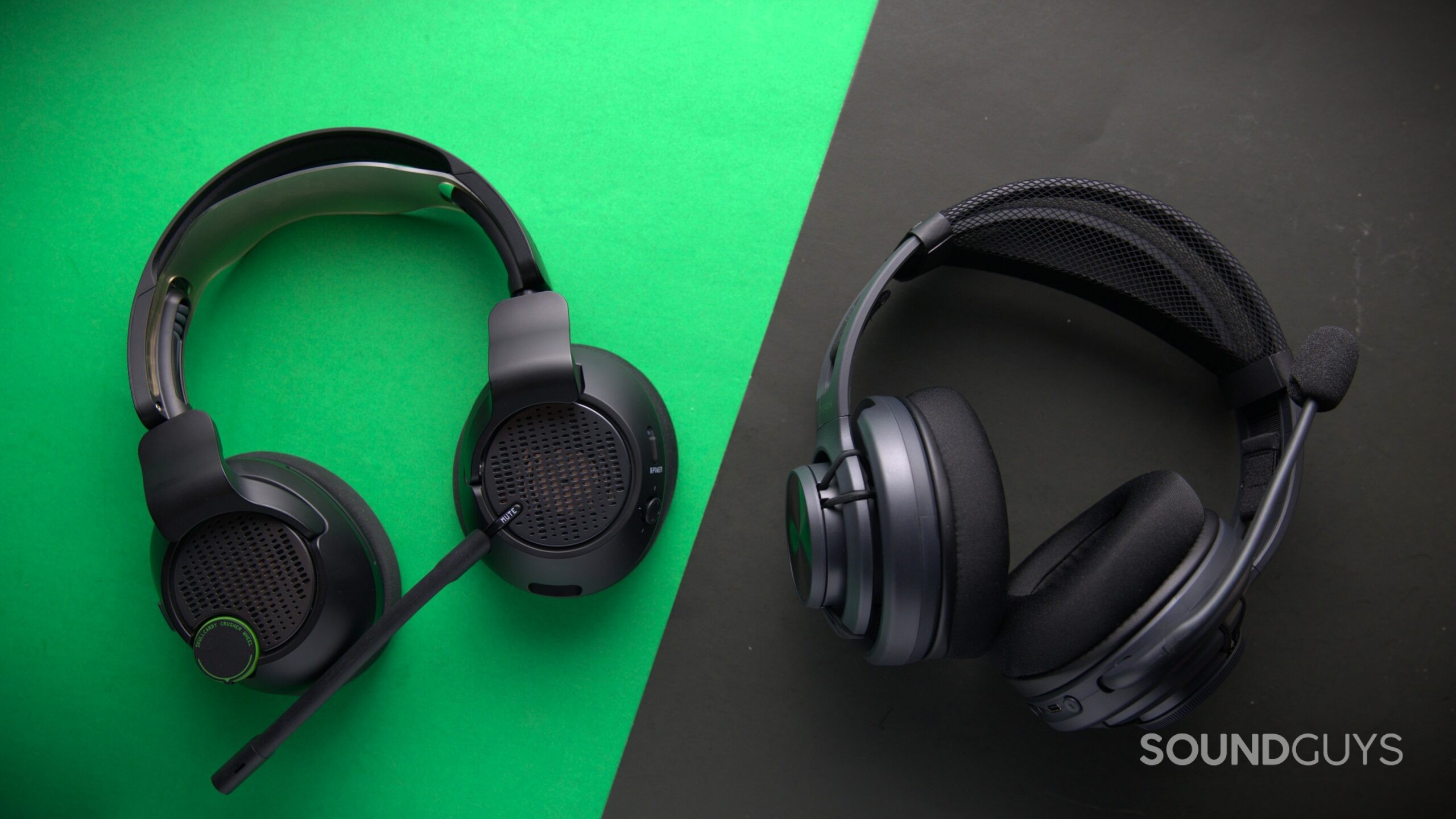
The Crusher PLYR 720 uses a removable boom mic that performs impressively in noisy environments. It effectively rejects background sounds like keyboards and ringing phones, and my voice came through clearly in offices and reverberant spaces. The downside? The flexible mic arm lacks rigidity, so it doesn’t always stay where you position it. Sidetone is also weak and robotic, though with an open-back design, that’s less of a problem, as you can hear yourself anyway.
The Atlas Air’s microphone is just as clear but less aggressive with noise rejection. In most cases, my voice sounded natural and detailed, though occasional office noise slipped in. The Swarm II app gives you deeper mic control, including a noise gate, EQ, and monitoring adjustments. The flip-to-mute design is intuitive, and I appreciated the audio cues for confirmation. Between the two, Atlas Air edges ahead for mic quality thanks to its better adjustability and cleaner default profile.
Skullcandy Crusher PLYR 720 microphone demo (Ideal conditions):
Turtle Beach Atlas Air microphone demo (Ideal conditions):
Skullcandy Crusher PLYR 720 microphone demo (Office conditions):
Turtle Beach Atlas Air microphone demo (Office conditions):
Which microphone sounds better to you?
Skullcandy Crusher PLYR 720 vs Turtle Beach Atlas Air: Price and availability
At $259.99 at Amazon the Crusher PLYR 720 sits firmly in the premium category, and while it offers a lot—dual wireless, haptics, THX audio—it’s a steep price for a headset that can be fatiguing over long use. It’s available in both Xbox and PlayStation-compatible versions, and firmware updates are available through the Skull-HQ app.
The Turtle Beach Atlas Air is more affordable at $159.99 at Amazon and supports PC and PlayStation wirelessly, with analog support for Xbox. It lacks some premium flair but delivers excellent core performance for the price. With slightly better comfort, better audio fidelity, and strong app support, it represents better value for competitive gamers on a budget.
Should you get the Skullcandy Crusher PLYR 720 or Turtle Beach Atlas Air?
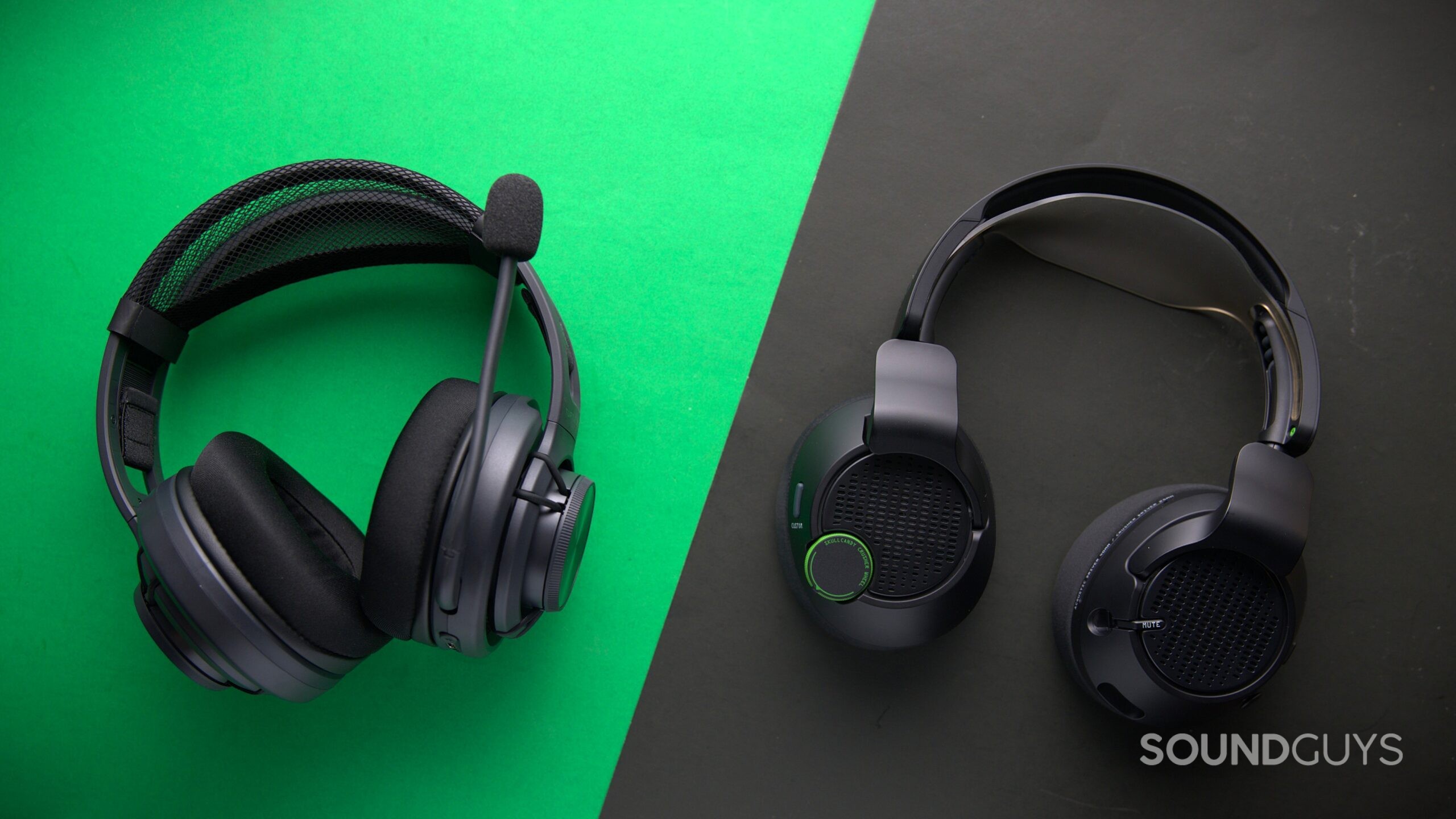
If you want to feel your games as much as you hear them, the Skullcandy Crusher PLYR 720 delivers something no other headset does: rumbling, vibrating bass inside an open-back shell. It’s fun, it’s over-the-top, and if you’re into that kind of sensory overload, it’s worth trying. But it’s also fatiguing and expensive, and better suited for short, intense sessions than all-day use.
On the other hand, the Turtle Beach Atlas Air is the smarter choice for most gamers. It’s more affordable, offers better overall sound quality, and is easier to wear for long periods. Its focus on spatial accuracy and customizable EQ options makes it ideal for competitive players, though the weaker bass and loose fit may not work for everyone. If you game in a quiet environment and value positional audio over boom, the Atlas Air is the better all-around pick.

Thank you for being part of our community. Read our Comment Policy before posting.